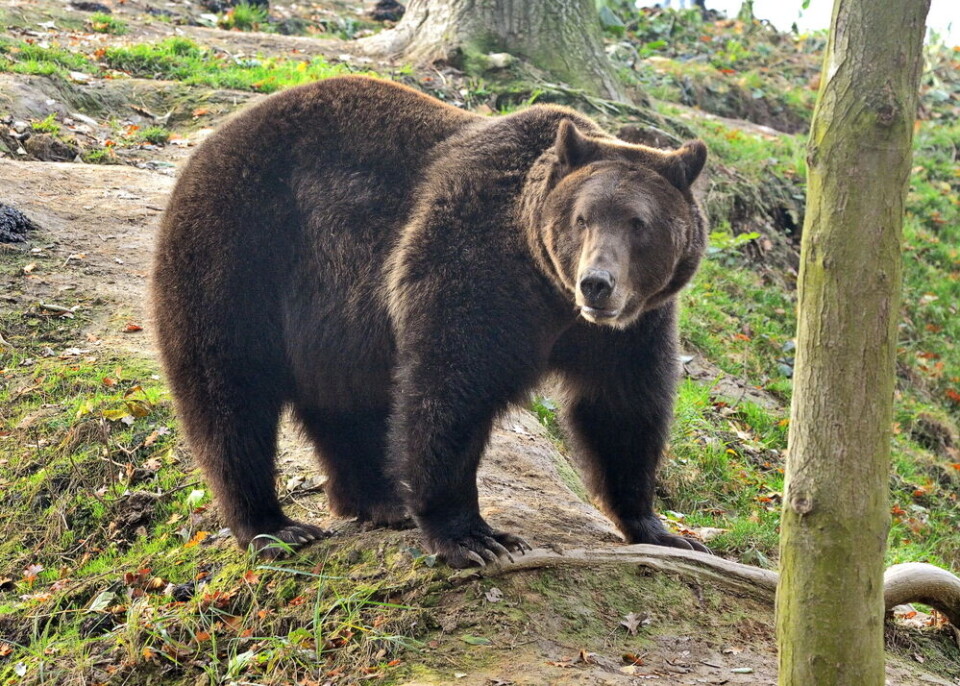-
Fishing in France: New catch legislation for amateurs
Reporting measure comes into force for recreational fishing
-
French teenager wins top wildlife photography awards for Alpine ibex photos
The Connexion talks to award-winning wildlife 14-year-old photographer Lubin Godin about his process and future plans
-
How can I protect my second home in France from mice while I am away?
Pests can enter homes at any period
VIDEO: new film released of bear and cubs in Pyrenees before winter
The shots were collected in September and November and are part of analyses into the state of the bear population

A new film of a Pyrenees brown bear and her cubs has been published as part of the most recent update on the animals issued before the winter.
Eight-five photos and videos of the bears from across five departments - Ariège, Haute-Garonne, Pyrénées-Atlantiques, Hautes-Pyrénées, and Pyrénees-Orientales - have been shared by the Office Français de la Biodiversité (OFB) as part of its last update of 2023.
The shots were collected by 31 automatic cameras during September and November 2023.
Mama bear and cubs
In one of the videos, the female brown bear Sorita - originally from Slovenia - can be seen with her two cubs. Sorita was one of the last Slovenian bears released into the Pyrenees in 2018 to help boost the population safely.
Alain Reynes, director of the Pays de l'Ours-Adet association, told France 3: "It's excellent news to see Sorita with two cubs. Sorita is the only one to reproduce. She will help restore the bear population in the Pyrenees and bring genetic diversity to avoid inbreeding.”
He explained that many of the bears are captured when they stop to rub their backs against tree trunks, which they do as a means of communication.
“It's fairly common behaviour for bears,” he said. “They leave their scent on trees. It's a bit like their social network. The bear smells the tree, and gets the information from one who was there before, and recognises them. Then they rub against it, and leave their scent for the next bear.”
The director explained that the cameras are positioned by trees purposefully, to capture these longer videos and help researchers “to take as much information as possible about the bears”.
“It allows them to identify where they are rubbing, to collect the hairs and to identify all the individuals that have passed over this tree,” he said.
New cubs
The latest update comes after a partial genetic analysis of the bears, carried out on 277 samples - including 99 droppings and 178 hairs. This analysis identified 48 different individuals.
"Of these 48 bears, seven new ones (genotypes, unknown individuals) have been identified on the French side, including six new cubs this year, corresponding to five different litters,” the OFB said.
"We're only at [an early] stage,” added Mr Reynes, “but this year we can hope to have between 15 and 20 cubs once we've received all the analysis”. This is good news for the species, he said.
Related articles
Bears in Pyrenees prepare for long winter sleep - how many are there?
Brown bear numbers growing in French Pyrenees after reintroduction
Brown bear numbers grow in Pyrénées as jogger death reignites debate
























